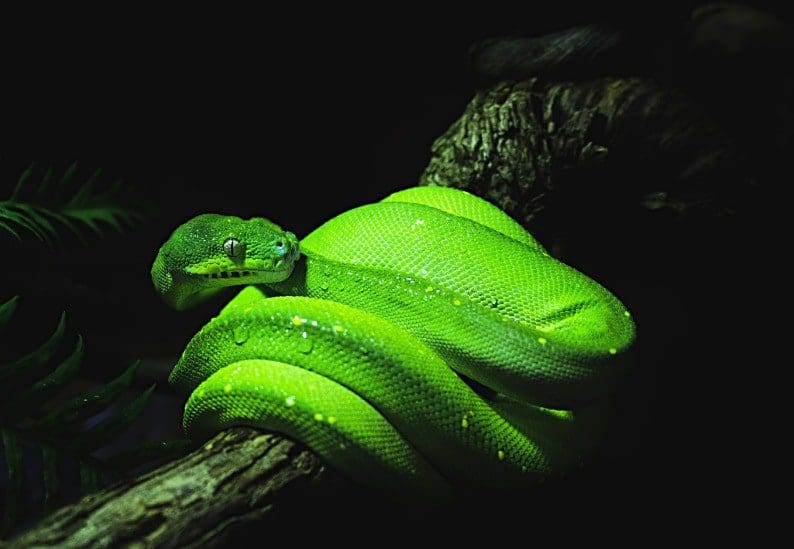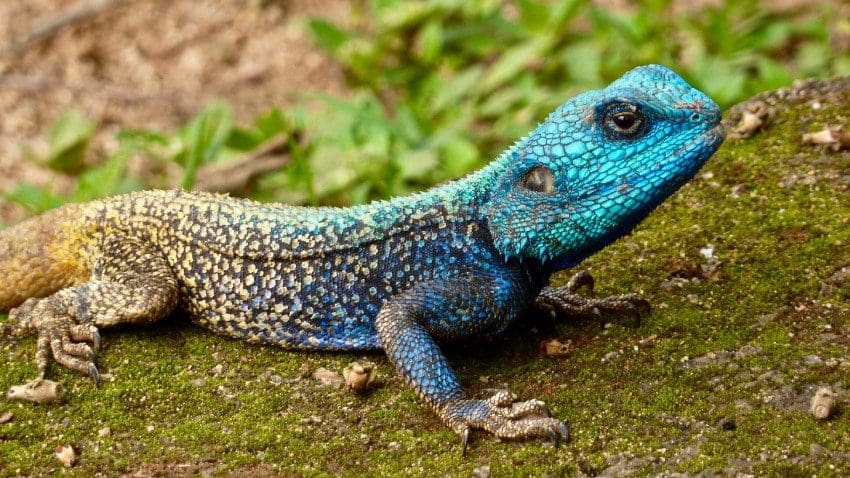words Al Woods
Are you looking for the perfect habitat for your pet reptile? Have you been searching far and wide to find the ideal environment that will help your scaled friend feel happy and secure? If so, look no further!
In this blog post, we’ll provide nine insider tips on how best to create a reptile paradise in your home – one that even Julius Squeezer would approve of! We’ll explore things like temperature regulation, ventilation systems, and substrate choices; all of which are key components when designing an optimal living space for these fascinating creatures. So grab a pad of paper or open up Evernote – let’s get started creating your very own reptile paradise today!
Gather As Much Information As You Can
The interesting organisms known as reptiles have existed for millions of years. From the majestic Komodo Dragon to the tiny Chameleon, there are over 9,500 species of reptiles that inhabit various landscapes around the world. If you are interested in reptiles and want more information here are countless resources available for you to explore. Online research, books, and visits to reptile exhibits are just a few ways to gather more information about these fascinating creatures. With so much more information to uncover, delving into the world of reptiles will surely satisfy your curiosity and inspire awe in these incredible animals.
Choose the Right Cage
When it comes to setting up a home for your beloved reptile, choosing the right cage is crucial. It’s important to consider the size and type of your reptile when browsing options. For example, arboreal species will need taller cages with plenty of branches to climb on, while terrestrial species will require more floor space. Additionally, the material of the cage matters. Glass enclosures offer visibility but can crack easily, while plastic and wooden enclosures may not be as durable.
Create the Perfect Habitat
As reptile owners, it’s our responsibility to create a habitat that’s not only safe but also realistic for our cold-blooded companions. To make sure your reptile feels like it’s living in its natural environment, start by researching where they come from and what kind of climate they prefer. This could mean varying temperature zones, specific types of lighting, or specialized substrates. And don’t forget about the little touches – adding branches or hides can provide both physical and mental stimulation for your pet.
Provide the Right Lighting and Heating
Lighting and heating are two crucial components of this, as they not only keep your pet comfortable, but they can also impact their overall health and well-being. Choosing the right lighting can help regulate your reptile’s internal body clock, also known as its circadian rhythm. Meanwhile, heating is essential for maintaining the right temperature gradient throughout their habitat.
Set Up a Safe and Secure Environment
Start by researching the specific environmental needs of your particular species, including temperature, humidity, and lighting requirements. Ensure that all enclosures and equipment are securely set up and free from any hazards, such as sharp edges or loose wiring. To avoid the growth of hazardous bacteria, thoroughly clean and sanitize the enclosure on a regular basis.
Pick the Best Substrate for Your Reptile’s Home
Not only does the right substrate provide a comfortable surface for your pet to walk and lay on, but it also creates an environment that mimics their natural habitat. From coconut coir to reptile carpets, there are a variety of options to choose from. It’s important to consider factors such as absorbency, dustiness, and ease of cleaning when making your decision.
Diversify Your Pet’s Diet
Reptiles require a varied diet for optimal health. It’s important to research the specific dietary needs of your pet and provide a variety of food items such as insects, vegetation, and even vitamins and minerals. Try to create meals that are both nutritious and tasty – it can be fun to experiment with different types of ingredients!
Building Trust and Providing Stimulation
Reptiles are fascinating creatures, but they can also be quite complex to care for. One of the most important aspects of keeping a happy, healthy reptile is providing adequate enrichment and establishing trust. Many reptiles require specific environmental conditions and mental stimulation to thrive in captivity. Providing hiding places, climbing structures, and interactive toys can help keep your pet engaged and stimulated. But enrichment goes beyond just physical objects; spending time with your reptile can also help to build a trusting relationship.
Health and Veterinary Care
Proper veterinary care can help maintain your reptile’s optimal health, preventing a range of diseases and illnesses. Regular check-ups and consultations with an experienced veterinarian can provide valuable insights into your pet’s physical and emotional well-being. In addition, maintaining a healthy and safe environment in your reptile’s enclosure, providing a nutritionally balanced diet, and ensuring proper hydration are all crucial for your reptile’s health.
Owning a reptile as a pet is an enjoyable and rewarding experience. It requires a lot of knowledge to create the ideal conditions for your pet’s quality of life which is why it’s important to do thorough research on your chosen species before you take the plunge. The information we have discussed in this blog post will provide you with the knowledge necessary to make educated decisions about your reptile’s care. From choosing the right cage and creating the best habitat to providing appropriate lighting, heating, handling, and enrichment, understanding your reptile’s needs will ensure a long-term commitment to good health for your pet reptile.











